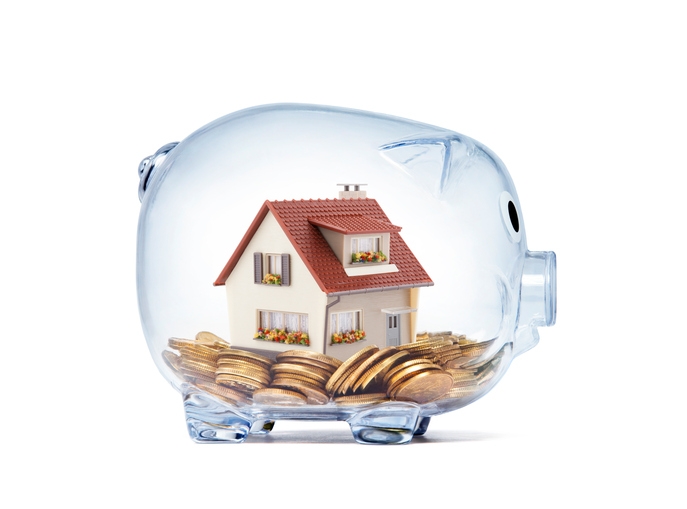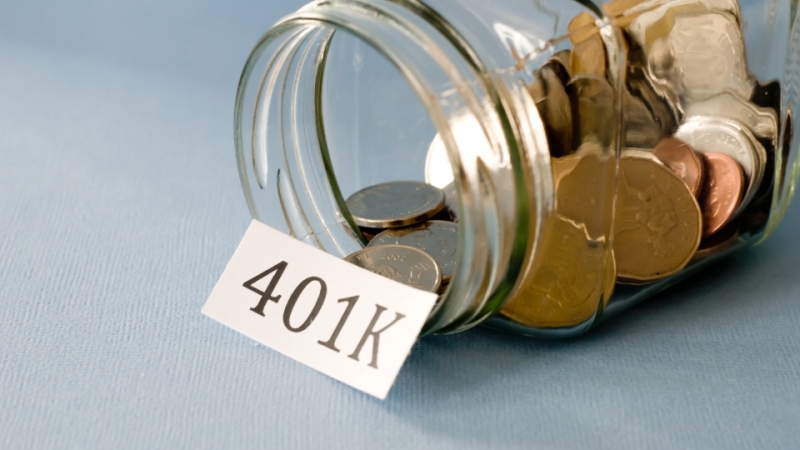
Homes Still More Affordable Than 2006 Housing Boom Peak: Report

First American Real House Price Index finds homes are less affordable than they were a year ago, but much more affordable than April 2006.
- First American said its overall RHPI jumped nearly 27%, its fastest growth since 2004.
- Real house prices increased 6.3% between December 2021 and January 2022, but increased 26.8% between January 2021 and January 2022.
- Consumer house-buying power decreased 4% between December 2021 and January 2022 and year over year.
Despite the white hot housing market, lack of inventory, and rising mortgage rates, single-family homes are still more affordable than they were at the peak of the 2006 housing boom, First American Financial Corp. said today.
First American, a provider of title, settlement, and risk solutions for real estate transactions, released its Real House Price Index (RHPI) for January 2022. The RHPI measures the price changes of single-family properties throughout the United States, adjusted for the impact of income and interest rate changes on consumer house-buying power over time at national, state, and metropolitan area levels. Because the RHPI adjusts for house-buying power, it also serves as a measure of housing affordability, First American said.
First American's overall RHPI jumped nearly 27%, its fastest growth since 2004. The increase was driven by a 21.7% annual increase in nominal house prices and a 0.7% increase in the 30-year, fixed-rate mortgage as compared with January 2021.
The five states with the greatest year-over-year increase in the RHPI in January 2022 were: Arizona (+38.3%), Florida (+37.4%), South Carolina (+35.6%), Georgia (+34.2%), and Connecticut (+33.5%). No states saw a year-over-year decrease in the RHPI, First American said.
“Even though household income (has) increased 5% since January 2021, it was not enough to offset the negative impact on consumer house-buying power from higher rates and fast rising nominal prices,” said Mark Fleming, First American’s chief economist.
Fleming said it’s helpful, however, to put affordability in its historical context. While unadjusted house prices are now 46.6% above the housing boom peak in 2006, real, house-buying power-adjusted house prices remain 29.5% below their April 2006 housing boom peak, he said.
“While consumer house-buying power declined in January 2022, it remains near record levels and more than double the level of consumer house-buying power in April 2006 thanks to higher household income and significantly lower mortgage rates,” he said.
Fleming said household incomes today “are nearly 48% greater than April 2006, and the average mortgage rate is over 3 percentage points below its April 2006 level. In fact, real house prices nationally are at the same level they were in 2000, but real estate is local, and the recovery from the housing boom and crash varies by market, so where has affordability improved the most compared with the prior peak?”
He answered his own question by stating that all 50 markets tracked by First American in its RHPI have topped their housing price peaks.
“Yet, nominal house prices don’t tell the whole affordability story,” he warned. “While nominal house prices have increased, house-buying power has also increased because of a long-run decline in mortgage rates and the slow but steady growth of household income. House-buying power matters because people buy homes based on how much it costs each month to make a mortgage payment, not the price of the home.”
Fleming said mortgage rates are generally the same nationwide, so the long-run decline in mortgage rates boosts affordability equally in each market. Household income growth and nominal house prices, on the other hand, differ from market to market, so affordability varies geographically as well.
“According to our house-buying power-adjusted RHPI, homes are 34% more affordable on average across all 50 markets than their respective RHPI peaks,” he said. “While the supply/demand imbalance in today’s housing market continues to fuel strong house price appreciation across the country, the dramatic increase in house-buying power relative to 2006 — driven by lower mortgage rates and higher incomes — has more than made up for it. In fact, in four cities homes are more than 50% more affordable today than at their prior RHPI peak.”
According to the RHPI, the top five cities where affordability has improved the most since their prior peak are Washington D.C., and Baltimore (53% from peak); Chicago (52% from peak); Miami (50% from peak), and Riverside, Calif. (48% from peak).
Conversely, the top five cities where affordability has improved the least since their prior peak are Nashville, Tenn. (0.3% from peak); Buffalo, N.Y. (3% from peak); Denver (9% from peak); Kansas City, Mo. (12% from peak), and Salt Lake City (15% from peak).
“Homes are less affordable than they were a year ago, but nationally and in most markets they remain much more affordable than at the peak of the previous housing boom in 2006,” Fleming said. “House prices are widely expected to continue to increase, although at a slower pace, and mortgage rates are likely to rise, so it’s likely that affordability will decline further, but in most markets we’re still a long way from the mid-2000s boom.”
According to First American, its RHPI often tells a different story from other house-price indexes because changing incomes and interest rates either increase or decrease consumer house-buying power or affordability. When incomes rise and/or mortgage rates fall, consumer house-buying power increases. Traditional measures of house price affordability depend on the assumption of specific loan terms (down payment, the loan-to-value ratio, and debt-to-income ratio) and the choice of income level (i.e. median or average household income). The RHPI does not depend on any of these assumptions, so it more broadly reflects the real price experienced by consumers regardless of their income level or the loan terms specific to their situation, it said.




